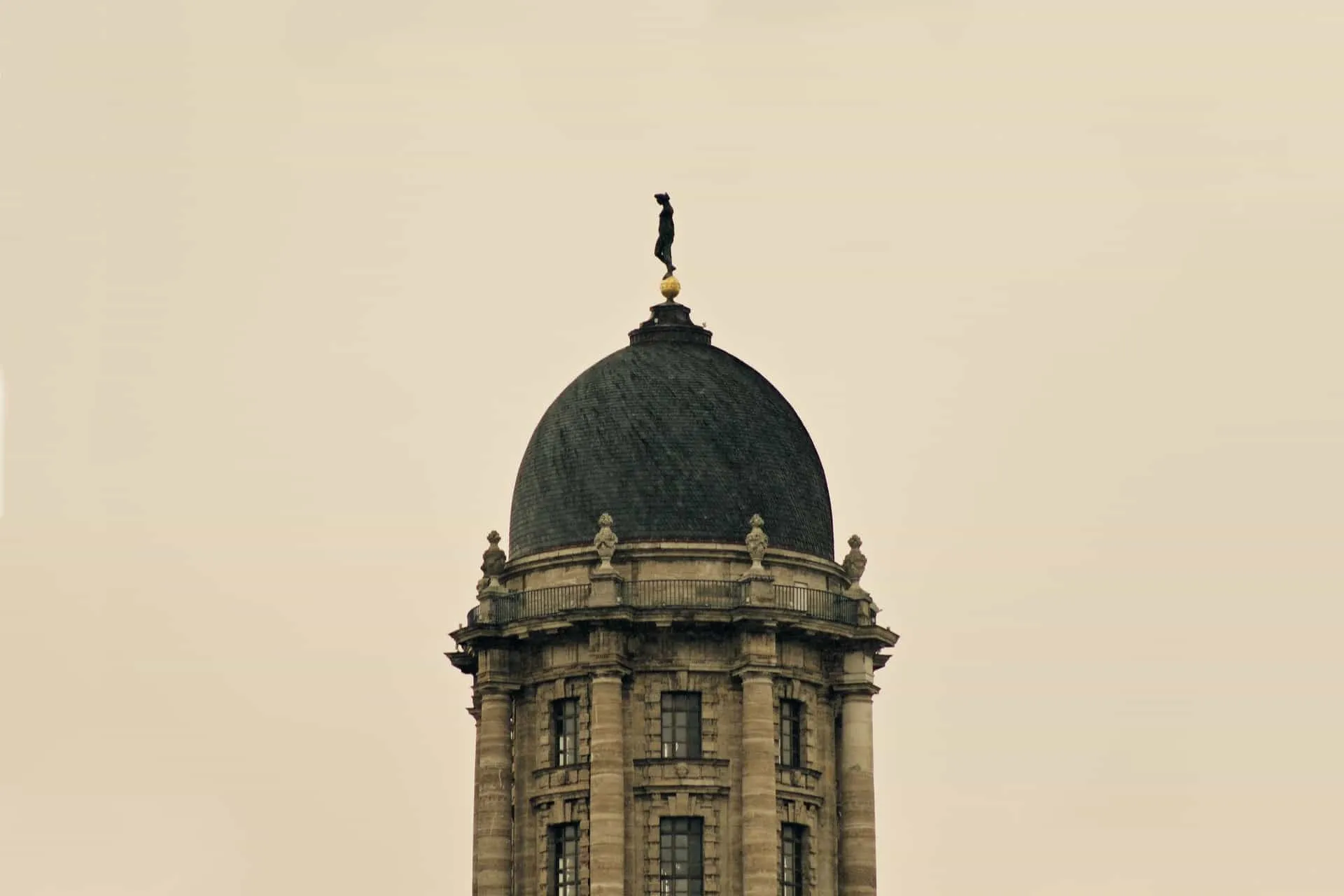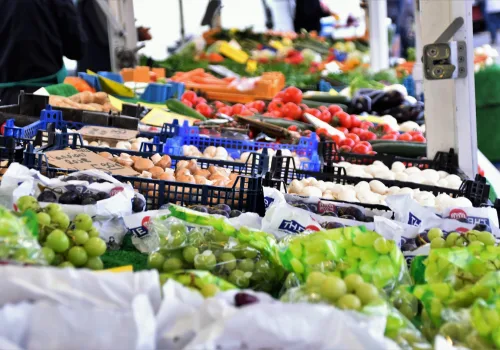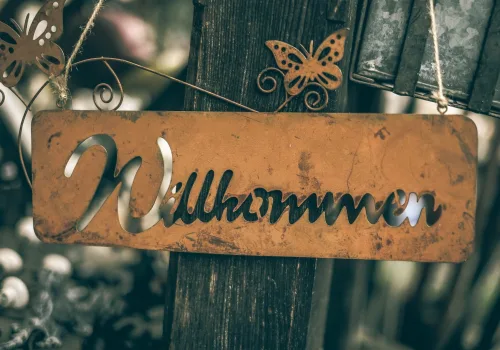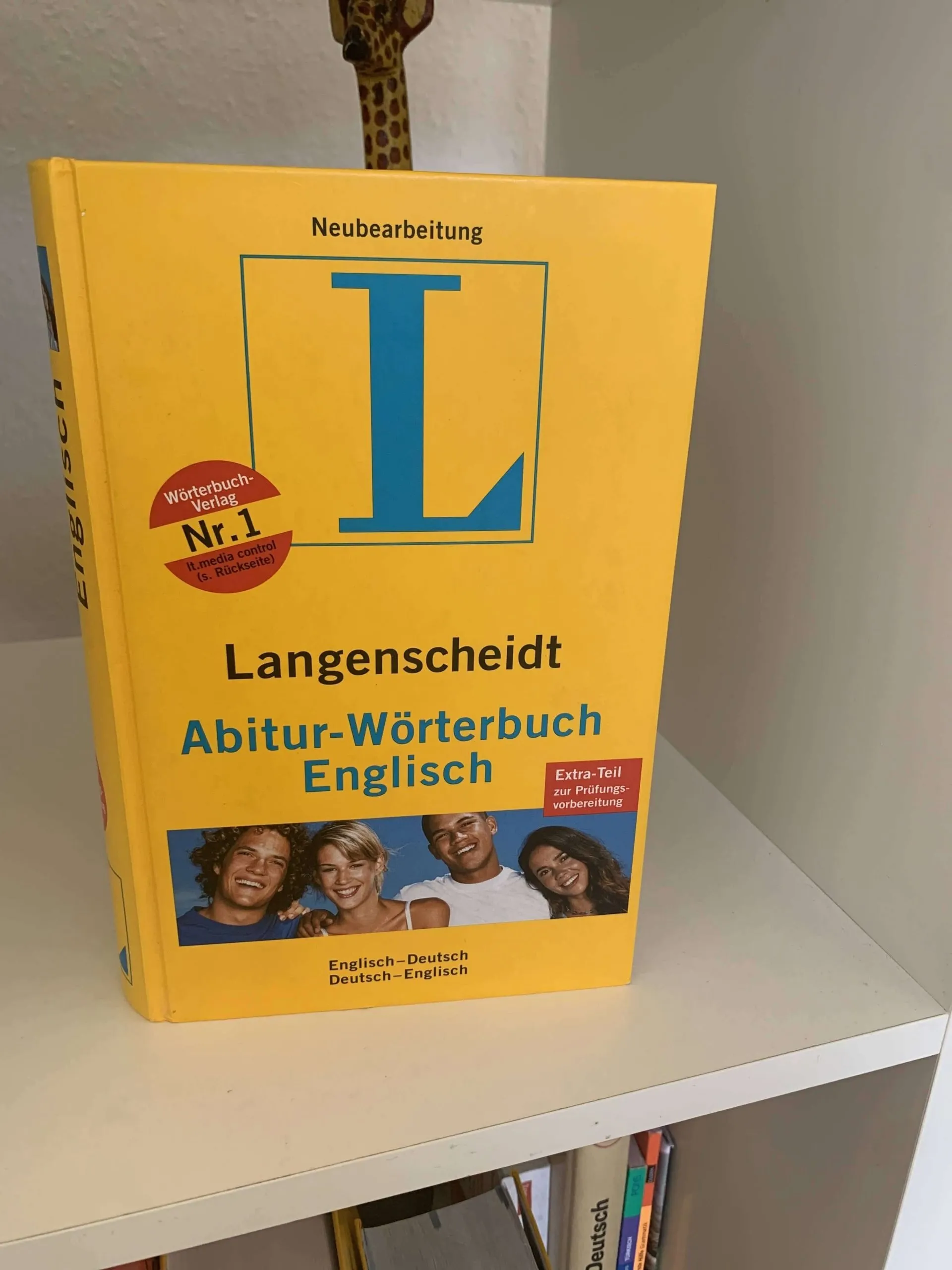Church of St. Nicholas
As the patron saint of Berlin, St. Nicholas is revered throughout the city. For those who desire to learn more about him, one of the best places to visit is his namesake church on Breite Straße in Mitte, which still holds services today.
The church itself has a fascinating history that dates back to the 14th century—it was built and destroyed by fire twice within two decades. The current iteration was completed in 1824. Although it’s a neoclassical building in style, its distinctive green dome is a unique feature that cannot be missed (look out for it along the Spree River).
Inside are hundreds of statues and paintings honoring St. Nicholas and other figures from Christian lore, as well as frescoes depicting scenes from Jesus’ life on earth. Another beautiful fixture is the organ pipes hanging above the nave; they were designed by famous composer Johann Sebastian Bach himself!
Berlin City Palace
Though Berlin City Palace was once the political and cultural center of the city, it was destroyed during World War II. The building is currently undergoing reconstruction, which is expected to be completed in 2019. This architectural masterpiece is located in the heart of the city, and will undoubtedly be a prime tourist destination once it reopens, so be sure to visit this spring before all of your friends have already been there!
Berlin Cathedral
The Berlin Cathedral (German: Berliner Dom) is the largest church in Berlin and the second largest church in Germany after Cologne Cathedral. It is located on Museum Island in the Mitte borough.
Despite being relatively new, this cathedral has a history as complex as it is imposing. A previous version of this cathedral was built on this same site in 1465, but was later rebuilt and expanded upon over the following centuries. However, during WWII, it was destroyed by an incendiary bomb and left to sit as a ruined shell for nearly 30 years. In 1974 construction began to restore and rebuild the cathedral to its former glory – a process that took over 20 years to complete! Nowadays you can take tours of this incredible building which gives you access to various parts of the structure including its basement floor where remnants of its past form remain. The view from up top is particularly breathtaking.
Olympic Stadium
The Olympic Stadium was built for the 1936 Summer Olympics. It is located in Berlin, Germany – a city that also boasts many other architectural masterpieces.
The second largest Olympic Stadium in the world, it was renovated in 2004 to accommodate the 2006 World Cup games. It is home to Hertha BSC and has a capacity of 74,475 people.
TV Tower on Alexanderplatz
Berlin’s TV Tower on Alexanderplatz is the second tallest building in the EU. Built in 1969, it is visible from almost every point of Berlin and has become a major tourist attraction due to its viewing platform and revolving restaurant. We recommend visiting for lunch or dinner as well as for morning coffee, so that you can enjoy two different views of this magnificent city from up high! The tower has a height of 368m and on a clear day you can see all the way to Potsdam! If you climb up the tower at night, you can even see cars driving across Europe’s longest bridge – Berlin’s Oberbaum Bridge – whose lights reflect beautifully against the water below.
Neptune Fountain
The Neptune Fountain, which is one of Berlin’s oldest and most famous fountains, was designed by Andreas Schlüter in 1701. For Berliners, the fountain has always been a symbol of Prussian power and glory.
The Lustgarten is the perfect location for the Neptune Fountain, as it’s reminiscent of Baroque gardens in Italy. The layout of the Lustgarten bears strong similarities to a painting by Nicolas Poussin on display at the Louvre Museum in Paris.
If you find yourself in Berlin this spring and are looking to visit this stunning architectural treasure, head to Brüderstraße/Ecke Unter den Linden, 10178 Berlin Mitte!
Siegessäule
- location: Tiergarten
- architectural style: Neoclassicism
- height (to the top of its golden statue): 91.5 meters
- year of construction: 1873–1894
- architect: Johann Heinrich Strack et al.
This column, topped by a golden statue, is located in the heart of Berlin’s Tiergarten park and was erected to commemorate the Prussian victory over Austria in 1866. It’s hard to imagine now, but at the time this was an unusual example of high neoclassical architecture that utilized a broad range of materials from nine different quarries and factories, and it even included many decorative elements such as mosaics.
Bauhaus Archive Museum of Design
If you’re looking for a museum that’s more than just your average experience, then look no further. It is located in the Tiergarten district, next to Ernst-Reuter Platz metro station. The museum building was designed by Walter Gropius and is representative of the Bauhaus school of thought, with its cube-shaped building with a glass box inside it. The two contrasting shapes represented transparency and lightness. Nothing should be hidden from the public, as was often done in buildings at the time.
The museum is open Tuesday to Friday from 9 am to 5 pm, Saturday from 10 am to 6 pm and Sunday from 11 am to 6 pm, closed Monday. The entrance fee is 12 euros per adult over 18 years.
Oberbaumbrücke
Oberbaumbrücke (Oberbaum Bridge)
The Oberbaumbrücke is a double leaf bascule bridge that spans the Spree in Berlin, connecting Friedrichshain and Kreuzberg. It was built between 1895 and 1896 by the firm of Jürgen Beckmann and named after its builder Johann Ernst von Oberbaum, who was Berlin’s master builder at the time.
Go out there and marvel at the architecture of Berlin, you’ll be sure to impress!
Looking for a Berlin Architecture Guide? You’ve come to the right place. Explore this city and it’s architectural masterpieces! You’ll find all the information you need to know about where to go, what to see and how to get the best views. All in one handy place.
Perfect for first-time visitors, architecture lovers, students, professionals and photographers.











Leave a Reply